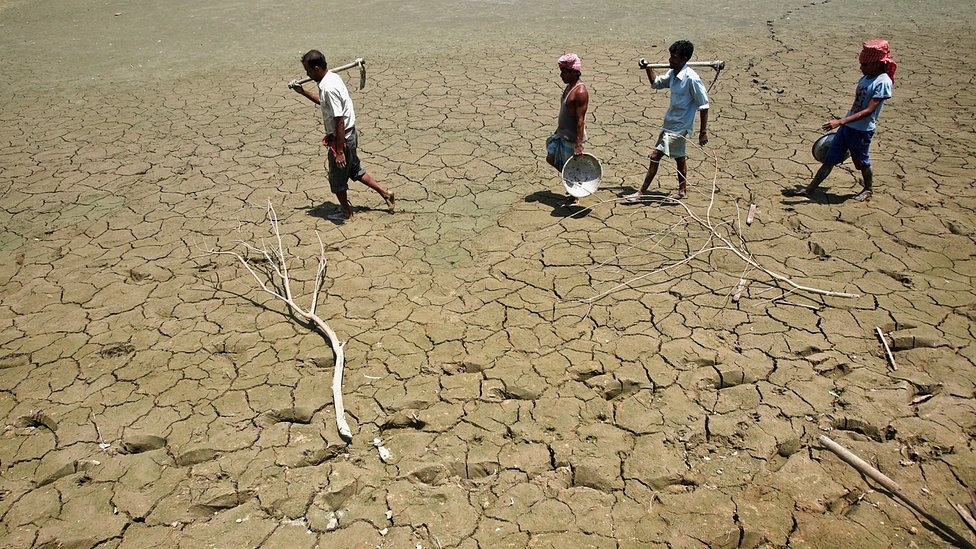Insta
Tamil Nadu Is Facing The Worst Retreating Monsoon In Over 140 Years

Tamil Nadu’s once lush green fields have withered and wilted. (Photo: Reuters)
The retreating northeast monsoon in the state of Tamil Nadu - usually unnoticed in India owing to the singular importance of the larger southwest monsoon - was the worst-ever this year in last 140 years, according to Indian Meteorological Department (IMD) records.
On January 5, reservoirs in the state were at less than 20 per cent of their capacity, cited as the worst-ever for the state. Record-keeping began in 1871 and a worse northeast monsoon was recorded in 1876, making 2016 the year of the second-worst monsoon in 145 years.
Overall, the northeast monsoon was 45 per cent short of the average for this period, the state worst hit being Tamil Nadu, where rainfall for the season was 62 per cent short of normal. Hit by shortages from both monsoons, Tamil Nadu, where the winter crop depends more on the northeast monsoon than in any other Indian state, reported a 33 per cent drop in the winter sowing of rice.
The northeast monsoon becomes active after the southwest monsoon retreats from the subcontinent. While there is no specific date for the retreat of southwest and the onset of northeast monsoon, October is regarded as the starting period of the lesser monsoon.
“There are 135,000 paddy farmers among the 175,000 lakh farmers in our district, Nagapattinam, which falls in the Cauvery delta,” said J. Sekar, Joint Director of the Agriculture Department in the eastern coastal district of Nagapattinam. “Under the Pradhan Mantri Fasal Bima Yojana, about 130,000 (95 per cent) paddy farmers in the district are insured. This will provide a safety net to our farmers,” added Sekhar
Tamil Nadu had targeted 14.5 lakh hectares under rice in 2016-17, according to the weekly sowing situation report dated January 6, of the Agriculture Ministry, more than any other state. But no more than 7.18 lakh hectares had been sown until 5 January.
With inputs from IANS
Support Swarajya's 50 Ground Reports Project & Sponsor A Story
Every general election Swarajya does a 50 ground reports project.
Aimed only at serious readers and those who appreciate the nuances of political undercurrents, the project provides a sense of India's electoral landscape. As you know, these reports are produced after considerable investment of travel, time and effort on the ground.
This time too we've kicked off the project in style and have covered over 30 constituencies already. If you're someone who appreciates such work and have enjoyed our coverage please consider sponsoring a ground report for just Rs 2999 to Rs 19,999 - it goes a long way in helping us produce more quality reportage.
You can also back this project by becoming a subscriber for as little as Rs 999 - so do click on this links and choose a plan that suits you and back us.
Click below to contribute.
Latest